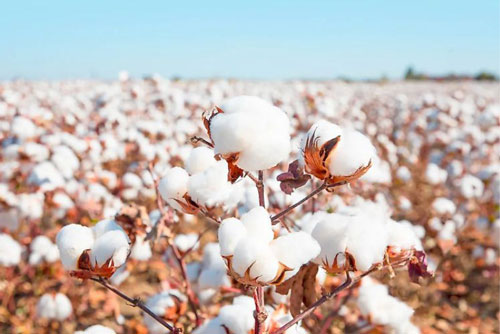Pakistan can boost cotton production by adopting Bacillus thuringiensis (Bt), a genetically-modified pest-resistant plant, which contains genes that make the plant resist the cotton bollworm complex, according to WealthPK.
Pakistan remained the fourth largest producer of cotton in the past, but in the last few years it has experienced a decline in production because of climate change effects and different biotic stresses.
Talking to WealthPK, an expert from Arid Agriculture University, Rawalpindi, said, “Pakistan should adopt Bt cotton to increase production and decrease crop losses. The biggest advantage of Bt cotton is that it is resistant to insect pests and is a deterrence to harmful pests such as cotton bollworms.”
“Bt cotton is one of the highly genetically-modified cotton varieties produced through biotechnology that has improved cotton production the world over,” the agriculture expert said while requesting not to be named.
“Cotton is Pakistan’s cash crop as it contributes significantly to the country’s economy. After China, US and India, Pakistan is the fourth largest producer of cotton,” he explained.
The agriculturist said: “Cotton crop confronts numerous challenges as it is in competition with other crops, particularly sugarcane, and its cultivation area and production are decreasing with time.”
He informed WealthPK that cotton crop was grown on 2,079 hectares in 2020-21 compared to 2,517 hectares sown in the previous year, registering a decrease of 17.4%. As a result, production dropped by 22.8% to 7.064 million bales compared to the previous year’s 9.148 million bales.
He said a large number of people from rural areas, including women, were involved in cotton production, and quality of crop was crucial to their sustenance levels. He said draughts caused by climate change and frequent insect attacks were causing low cotton production.—INP










